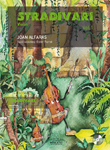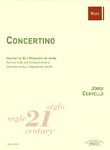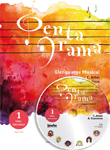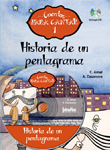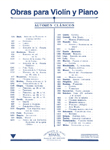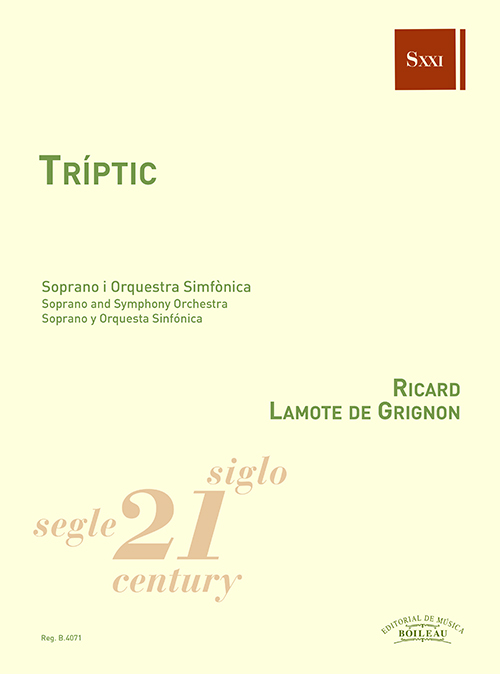WORKS
- Genre
-
Musical education
- Choir
- Counterpoint
- Dictation
- Direction
- Exam study manuals
- General music pedagogy
- Harmony
- Hearing
- Illustrations / Posters
- Improvisation / Sight reading
- Instrument methods
- Instrument pedagogy
- Instrumental study repertoire
- Instrumentation and orquestration
- Musical language
- Solfège
- Templates
- Theory and analysis
-
Incidental music
-
Lined paper
-
Flamenco
-
Religious music
-
Classical / contemporary
-
Modern music
-
Folk music / traditional
-
Musicology
-
Divulgation
-
Games and hobbies
-
Music therapy
-
Children / Youth
-
- Instruments
- Ensemble
- Difficulty level
- Period
- Genre
SOPORTE
Search
Find here: books, scores, composers, digital pieces, cd's
Best-selling works
Our classics

Newsletter
I wish to be informed of the news about your music
We have received your e-mail correctly
Multimedia
Tríptic
Soprano y orquesta
LAMOTE DE GRIGNON, RicardLAMOTE DE GRIGNON, RicardLAMOTE DE GRIGNON, RicardReg.: B.4071
30,40 €
P.V.P. (VAT included 4%)
Add to cart
- Ensemble: Duos: With piano; With voice.
- Genres: Classical / contemporary: Choir.
- Lyric author: TAGORE, Rabindranath
- Language: Catalán
- Language of the comment: Català/English/Castellano
- Product format: Partitura
- Difficulty level: Intermediate-advanced
- Period: 2nd half S. XX - XXI
- Publishing house: Editorial Boileau
- No. of pages: 84
- Measure: 0,00 x 0,00 cm
- Lenght: 24'00"
- ISMN: 979-0-3503-4184-7
- Available in digital: No
- Available for rent: Yes
Solo Soprano
2 2 2 2 — 2 2 3 0 — tmp+1 —hp — pf — cel — str
perc: cym, sus cym, tri, glck
The orchestra materials have to be hired
In 1930 Ricard Lamote de Grignon was appointed conductor of the Girona Symphony Orchestra and in 1932 he won the competitive examination to become assistant conductor of the Barcelona Municipal Band. His works from this period include Quatre estances de Kayamm [Four Kayamm Rooms] and Dos petits poemes [Two Little Poems], both for soprano and orchestra. Joan de l’Ós, a symphonic poem premiered at the 1933 International Festival of Contemporary Music, marked his consecration as a composer. Triptic, based on three poems by Rabindranath Tagore, was composed in April 1934 and represents a great step forward in the orchestral sonic refinement constantly sought by the composer, a refinement close to Impressionism, expressed with its own voice.
We can also perceive in the work certain oriental touches and a great descriptive capacity, creating an indissoluble union with Tagore’s idealised poetry. The three songs, which are performed seamlessly, tell the story of a maiden and a “young wayfarer”. In the first two poems the young man appears before her, and the maiden, out of shame, does not dare to present herself as the young woman the wayfarer seeks. In the third, the maiden stands at the edge of the window waiting for her “wayfarer”.
Daniel Blanch

